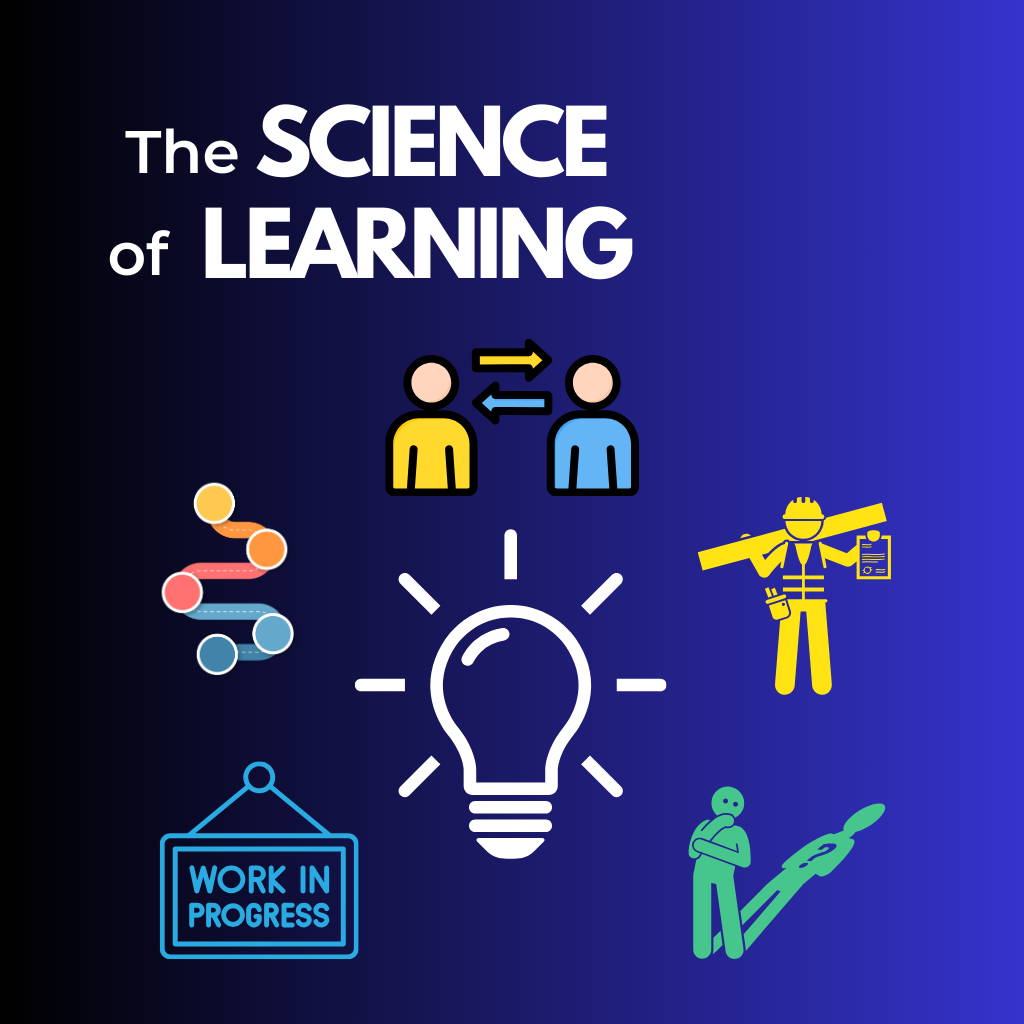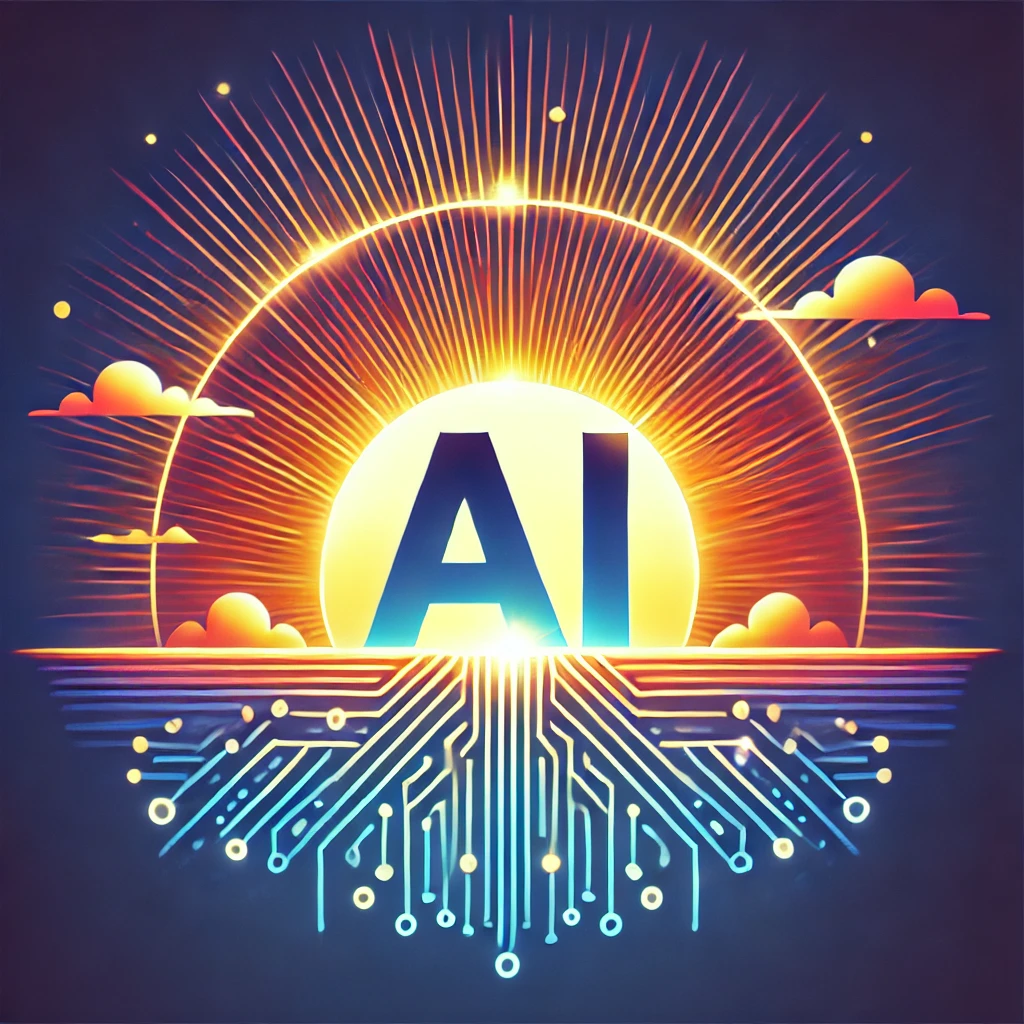Automated Content Creation and Curation: Transforming Instructional Design with AI
In the fast-paced world of instructional design, staying ahead of the curve is crucial. The demand for high-quality, engaging, and up-to-date learning content is ever-increasing. Enter AI-powered tools for automated content creation and curation—revolutionizing the way instructional designers work. These innovative technologies can generate quizzes, summarize texts, create multimedia content, and recommend learning resources, saving time and effort while ensuring content remains relevant and impactful.
What is Automated Content Creation and Curation?
Automated content creation and curation involve using artificial intelligence to produce and manage instructional materials. These tools leverage machine learning algorithms to analyze data, identify patterns, and generate content that meets the specific needs of learners. From generating quizzes and summarizing complex texts to creating engaging multimedia and recommending relevant resources, AI is transforming how instructional content is developed and delivered.
How AI Tools are Transforming Instructional Design
1. Generating Quizzes and Assessments
AI tools can automatically create quizzes and assessments tailored to the learning objectives of a course. By analyzing the course material, these tools generate questions that test learners’ understanding and reinforce key concepts. This not only saves instructional designers significant time but also ensures that assessments are aligned with the learning goals.
Example: Quizlet uses AI to generate customized quizzes based on the content provided by educators, enhancing the learning experience for students.
2. Summarizing Texts
AI-powered summarization tools can condense lengthy texts into concise summaries, making it easier for learners to grasp the main points quickly. This is particularly useful for instructional designers who need to create study guides or highlight key takeaways from complex materials.
Example: Tools like SMMRY and Resoomer use AI to generate accurate summaries, helping learners focus on the most important information.
3. Creating Multimedia Content
Creating engaging multimedia content can be time-consuming. AI tools can automate the creation of videos, animations, and interactive content, making it easier for instructional designers to produce high-quality learning materials. These tools can convert text into speech, generate graphics, and even create interactive simulations.
Example: Lumen5 uses AI to turn text content into engaging videos, helping instructional designers create multimedia content quickly and efficiently.
4. Organizing and Structuring Content
AI can assist instructional designers in organizing and structuring their content more effectively. By analyzing the logical flow and coherence of educational materials, AI tools can suggest the optimal sequence of topics and modules, ensuring that learners can follow the content in a clear and logical manner.
Example: Tools like Scrivener and Notion use AI to help organize content and structure documents, making it easier for instructional designers to plan and present their materials cohesively.
The Impact of Automated Content Creation and Curation
Saving Time and Effort
Automating repetitive and time-consuming tasks allows instructional designers to focus on higher-level design activities. Instead of spending hours creating quizzes or summarizing texts, they can dedicate more time to designing engaging learning experiences and refining instructional strategies.
Ensuring Up-to-Date and Relevant Content
AI tools can continuously analyze and update instructional content, ensuring that learners always have access to the most current and relevant information. This is particularly important in fast-changing fields where staying up-to-date is crucial for success.
Enhancing Learner Engagement
By providing personalized and engaging learning materials, AI-powered tools can significantly enhance learner engagement. Customized quizzes, interactive multimedia, and relevant resources keep learners motivated and invested in their learning journey.
Conclusion
Automated content creation and curation are transforming the instructional design landscape. By leveraging AI technologies, instructional designers can save time and effort, ensure content remains up-to-date, and enhance learner engagement. As these tools continue to evolve, the potential for innovation in education and training is immense.
References
- Quizlet’s AI-Powered Quiz Generation. Quizlet. Retrieved from Quizlet.
- AI Summarization Tools: SMMRY and Resoomer. SMMRY and Resoomer. Retrieved from SMMRY and Resoomer.
- Lumen5: AI Video Creation. Lumen5. Retrieved from Lumen5.
- Scrivener and Notion for Content Organization. Scrivener and Notion. Retrieved from Scrivener and Notion.
- AI in Instructional Design. eLearning Industry. Retrieved from eLearning Industry.





